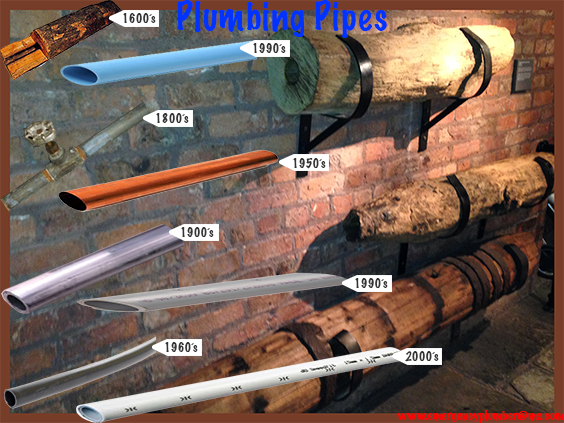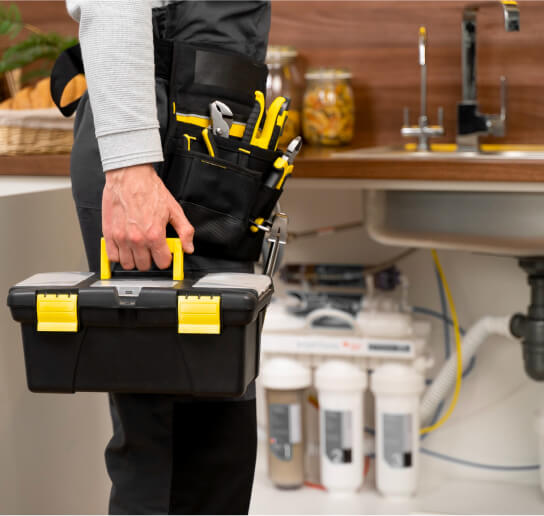
The History of Plumbing: Evolution of Pipes and Water Systems
GET A FREE QUOTEAncient Plumbing Systems
In ancient civilizations such as the Indus Valley, Mesopotamia, and Egypt, rudimentary plumbing systems were developed to provide water for drinking, bathing, and irrigation. These systems often consisted of clay pipes and canals.
The Romans are renowned for their sophisticated aqueducts, which transported water from distant sources to cities and towns. These aqueducts utilized gravity to maintain water flow, showcasing remarkable engineering prowess.
Medieval Innovations
During the Middle Ages, plumbing technologies stagnated in many parts of the world. However, notable advancements were made in Islamic civilizations, where elaborate systems of pipes and public baths were constructed.
In Europe, the Renaissance period saw a revival of interest in plumbing, with the development of indoor plumbing systems in wealthy households. Lead pipes were commonly used, though their toxicity would later be recognized as a health hazard.
Industrial Revolution and Modern Plumbing
The Industrial Revolution brought about significant changes in plumbing technology. Cast iron pipes replaced lead, providing safer and more durable alternatives. Additionally, the invention of the flush toilet by Sir John Harington in the 16th century revolutionized sanitation practices.
In the 19th and 20th centuries, advancements in materials such as copper and PVC further improved plumbing systems’ efficiency and reliability. The introduction of pressurized water systems and water treatment facilities enabled widespread access to clean water.
Contemporary Challenges and Innovations
Today, plumbing faces new challenges such as water scarcity, environmental concerns, and aging infrastructure. Innovations such as water-efficient fixtures, greywater recycling systems, and smart technology offer solutions to these challenges.
The future of plumbing promises even more exciting developments, with research focusing on sustainable materials, decentralized water systems, and digital monitoring technologies.








